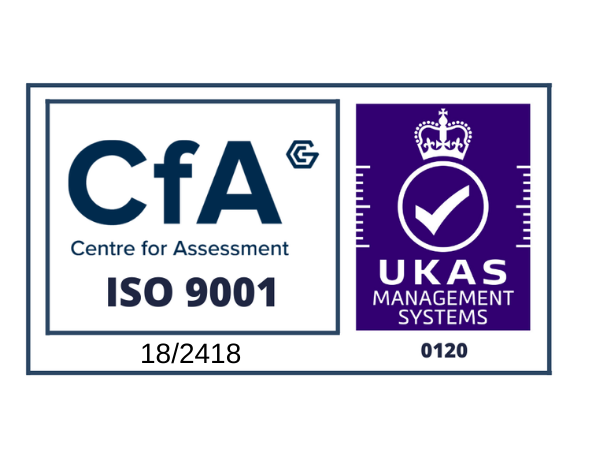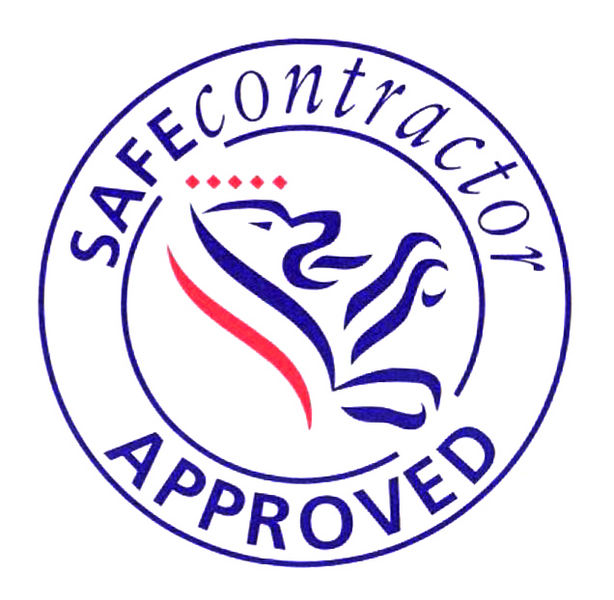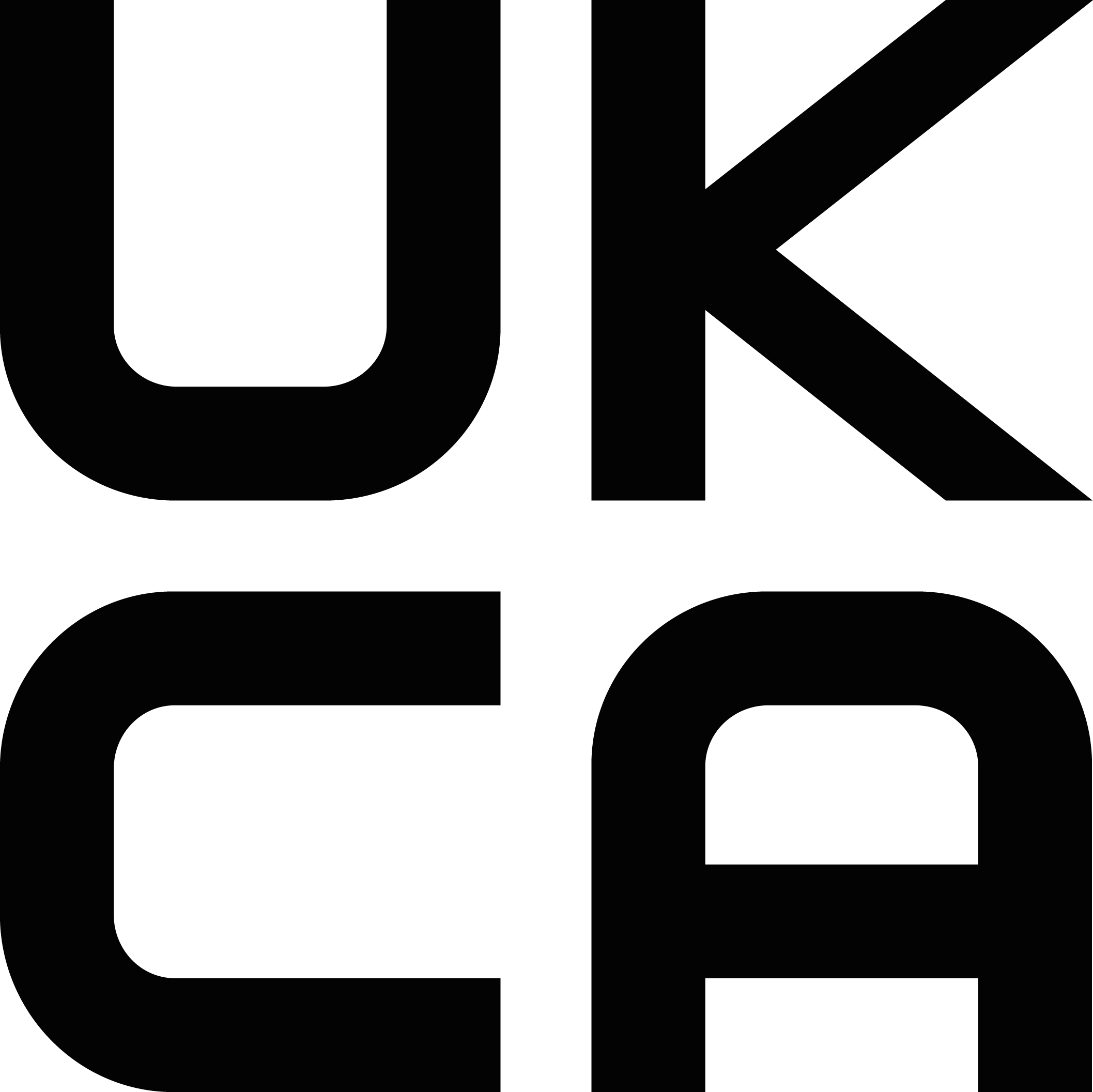The Journey of our steel fabrication products
The Journey of Our Steel Fabrication Products
What is Steel Fabrication?
Steel fabrication involves cutting, bending, and assembling steel materials to create a final product. This process uses techniques such as welding to shape steel into the desired form. This technique is widely used in manufacturing for making a wide range of products.
One major benefit of steel fabrication is its versatility. Steel can be customised into many shapes and sizes to meet specific project needs. This allows fabricators to create complex and intricate designs that may not be possible with other materials. Another benefit is its strength. Steel’s high durability makes it a reliable and lost-lasting material option which makes it an incredibly valuable investment to any property.
The Process of Our Steel Fabrication Products: From Raw Material to Finished Product
The journey of our steel fabrication products first begins with the process of steel production. Steel production starts of by sourcing raw materials like iron ore, coal, and limestone. These materials are transported to a steel mill, where they undergo intensive processing and conversion into steel. A crucial phase in this transformation is the blast furnace, where the raw materials are heated to extremely high temperatures to produce molten iron. This molten iron is then refined to remove impurities and enhance its quality.
The next step is designing the product. We use computer-aided design (CAD) technology to help our engineers create precise models of our products. This technology helps our technical engineers to optimise designs and reduce material wastes. CAD also allows us to test of the structural integrity of steel components before production.
Computer-aided design (CAD) technology is essential in designing and manufacturing our steel products. Engineers use CAD software to create precise models of steel components, optimizing designs, reducing material waste, and enhancing overall efficiency. CAD also allows for the simulation and testing of the structural integrity of steel components before production, ensuring robust and reliable outcomes.
The final stage is the manufacturing process. This involves welding and forging the steel into the desired shape. Upon completion, the finished steel products undergo strict quality tests before being fitted into your home or business premise.
Quality Assurance in Steel Fabrication
Quality Assurance is one of the most important steps during steel fabrication. It ensures that the finished product meet the required standards and specifications. A comprehensive Quality Assurance procedure reduces the risk of defects, maintains the structural integrity of steel components, and ultimately delivers high-quality products to customers.
One key aspect of Quality Assurance in steel fabrication is implementing stringent inspection processes throughout the manufacturing process. This includes material inspections to ensure the steel used meets required specifications and dimensional inspections to verify the accuracy of fabricated components. Welding inspections are also crucial, as any defects in the welding process can compromise the strength and durability of the finished product.
Additionally, Quality Assurance in steel fabrication involves testing finished products to verify their performance and durability. This may include destructive testing to evaluate the strength of steel components and non-destructive testing to detect any potential defects or imperfections. By performing these tests, manufacturers can ensure that steel components meet required standards and perform as expected in their intended applications.







